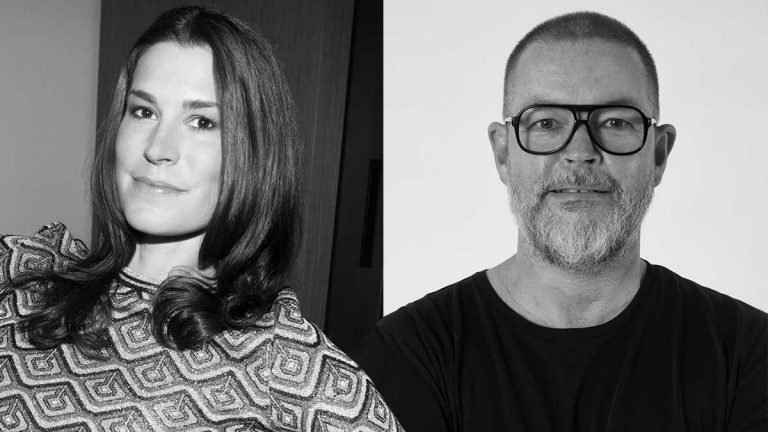Getting factories to agree to small runs can be difficult and costly. Saint Art has found a workaround by working in the factory’s sample lab for small runs. The cost per piece is still higher, but Gogolak says it’s worth it to avoid the risk of unsold inventory.[This] “Cash flow can get tricky,” she says. That works out well, since Saint Art is still relatively small, and management plans to keep it that way. “We don’t want it to feel like junky stuff or like it’s being sold off,” Gogolak says. “We want people to feel like the brand has been well thought out.”
For Kimberly Lewis, founder of Nashville retailer Emerson Grace, Saint Art’s mix of on-trend, high-quality pieces at affordable prices was an easy sell. And it’s selling. “It’s been great for us,” she says.
It’s also an attractive proposition for investors. In 2021, Saint Art raised $3 million from angel investors in an early-stage VC funding round. And having nearly doubled in size every year since its inception (115% year-over-year growth as of Q1 2024), Saint Art’s foundations are in place. Based on its wholesale presence and growth, Saint Art’s revenue is currently sitting just below $10 million, according to industry insiders.
This year, the brand is expanding its denim line and also considering how to apply the test-and-respond model to wholesale. Gogolak’s main goal for 2024 is to achieve profitability.
Photo: Maxwell Swift
Unit Economics
Fabrics are also one way the brand keeps prices consistent (starting at $95 for tank tops and $925 for embellished bottoms). The majority of Saint Art’s revenue comes from a few fabrics: charmeuse, fine-gauge merino, khaki twill, and, of course, denim. Saint Art repeats winners throughout its test drops.


